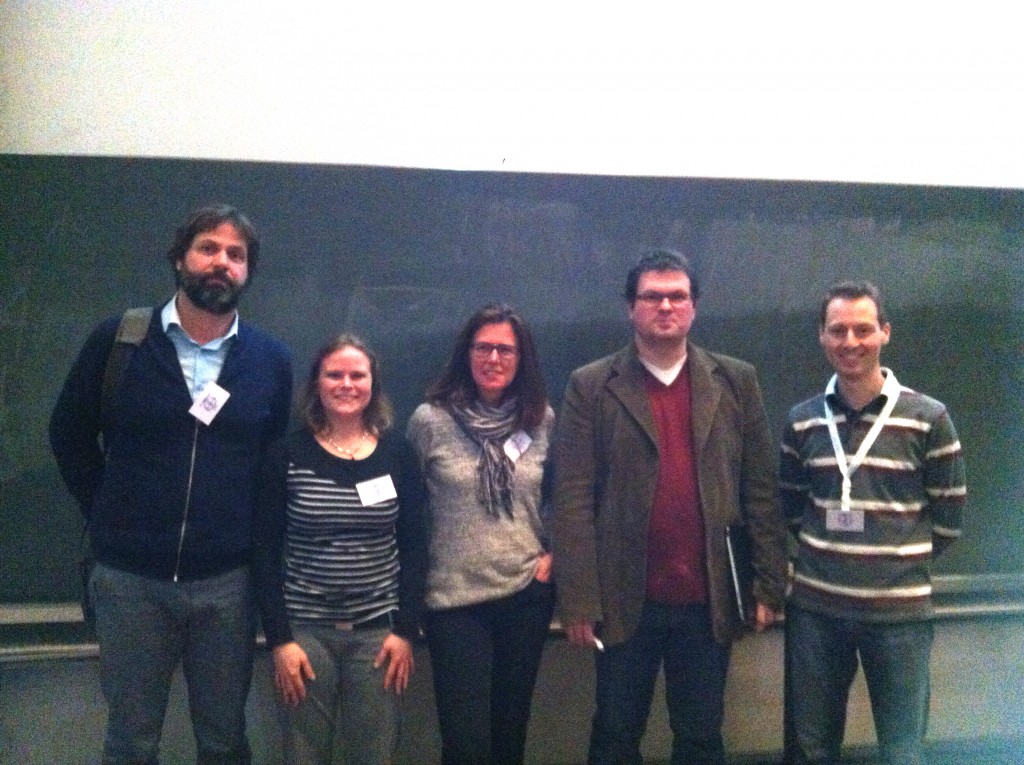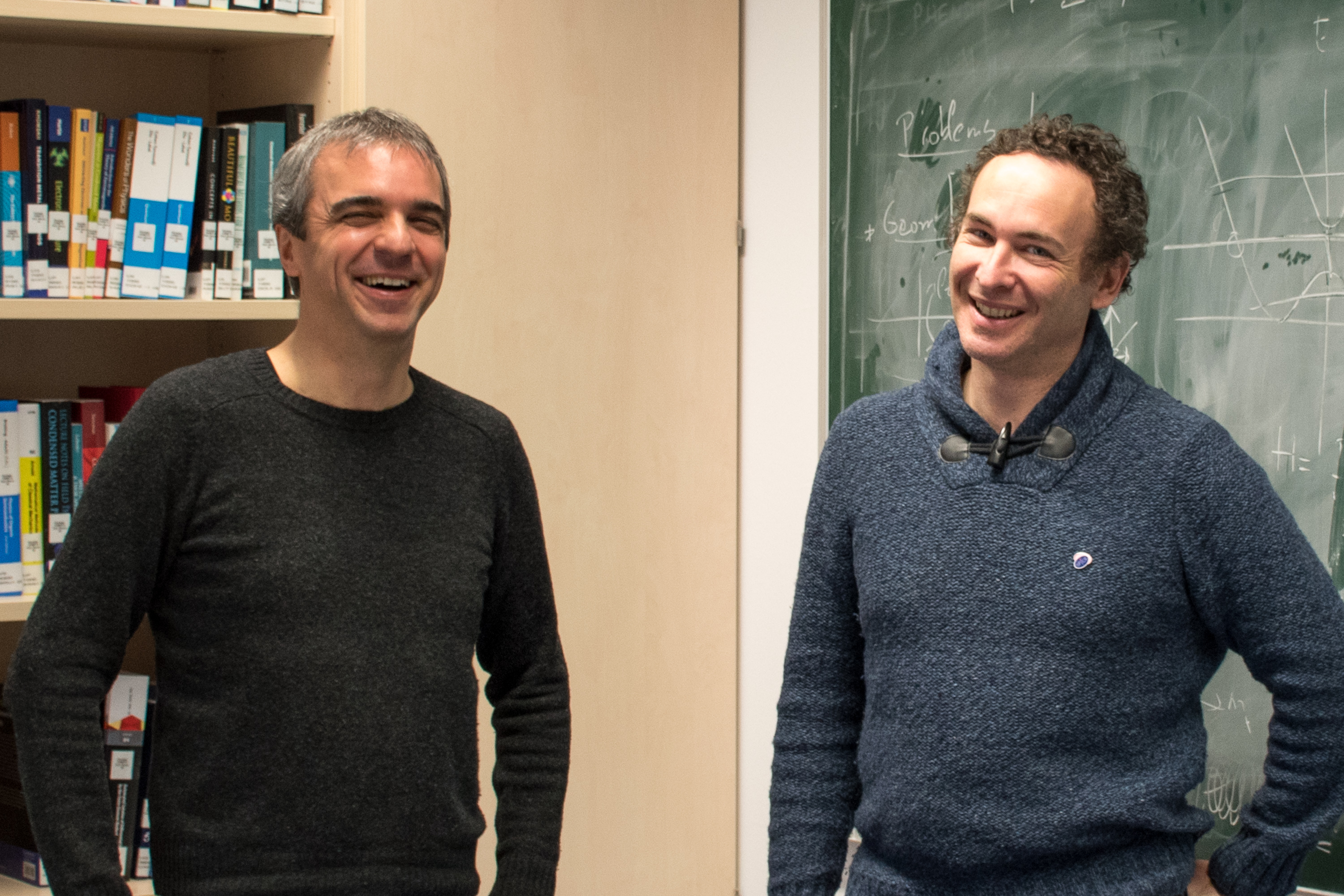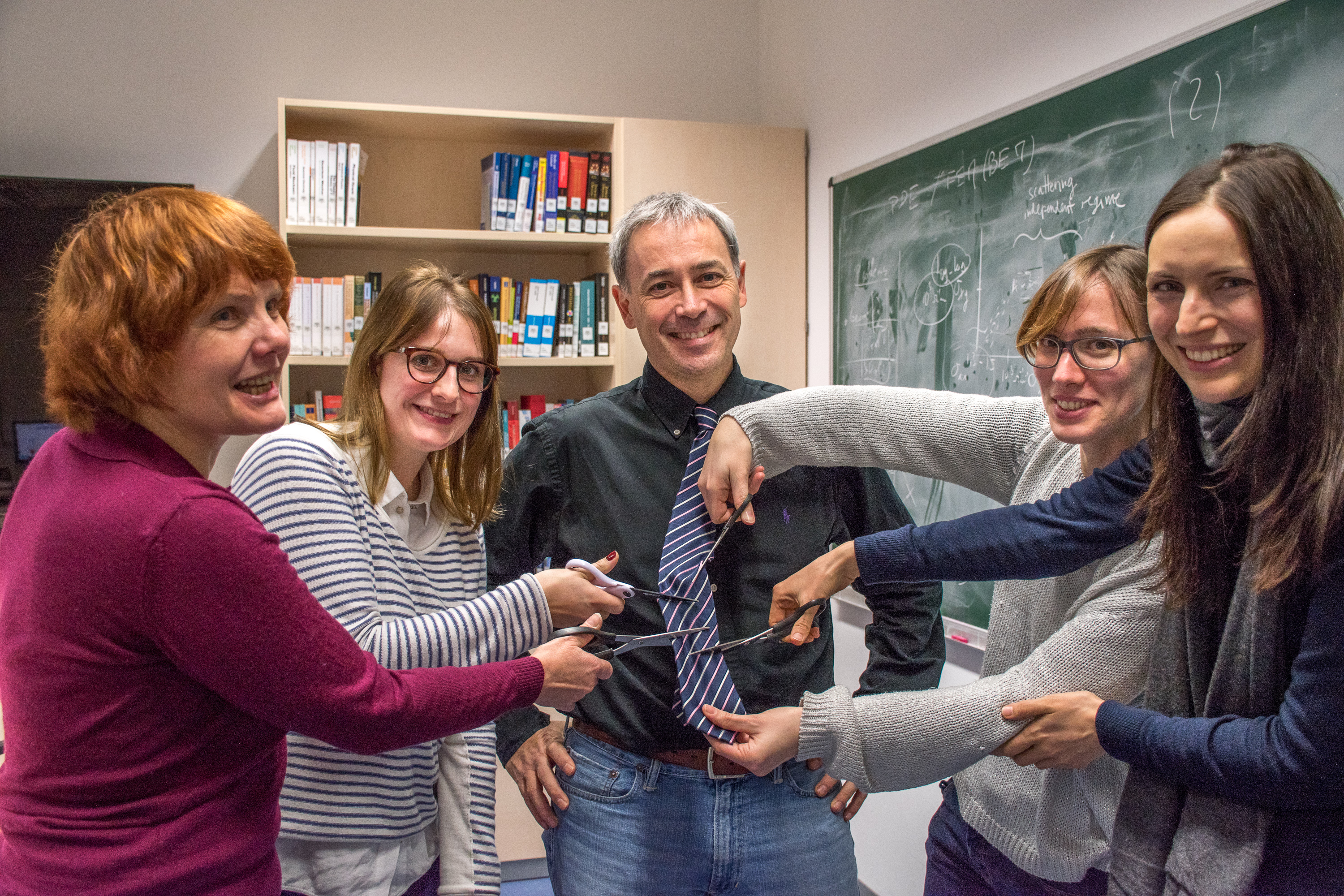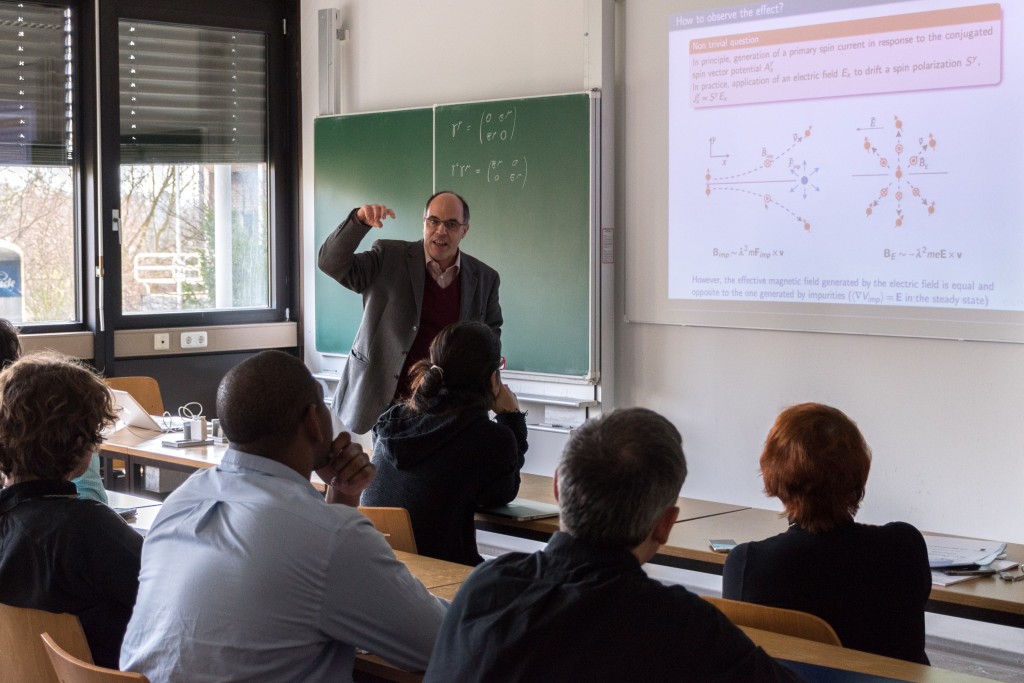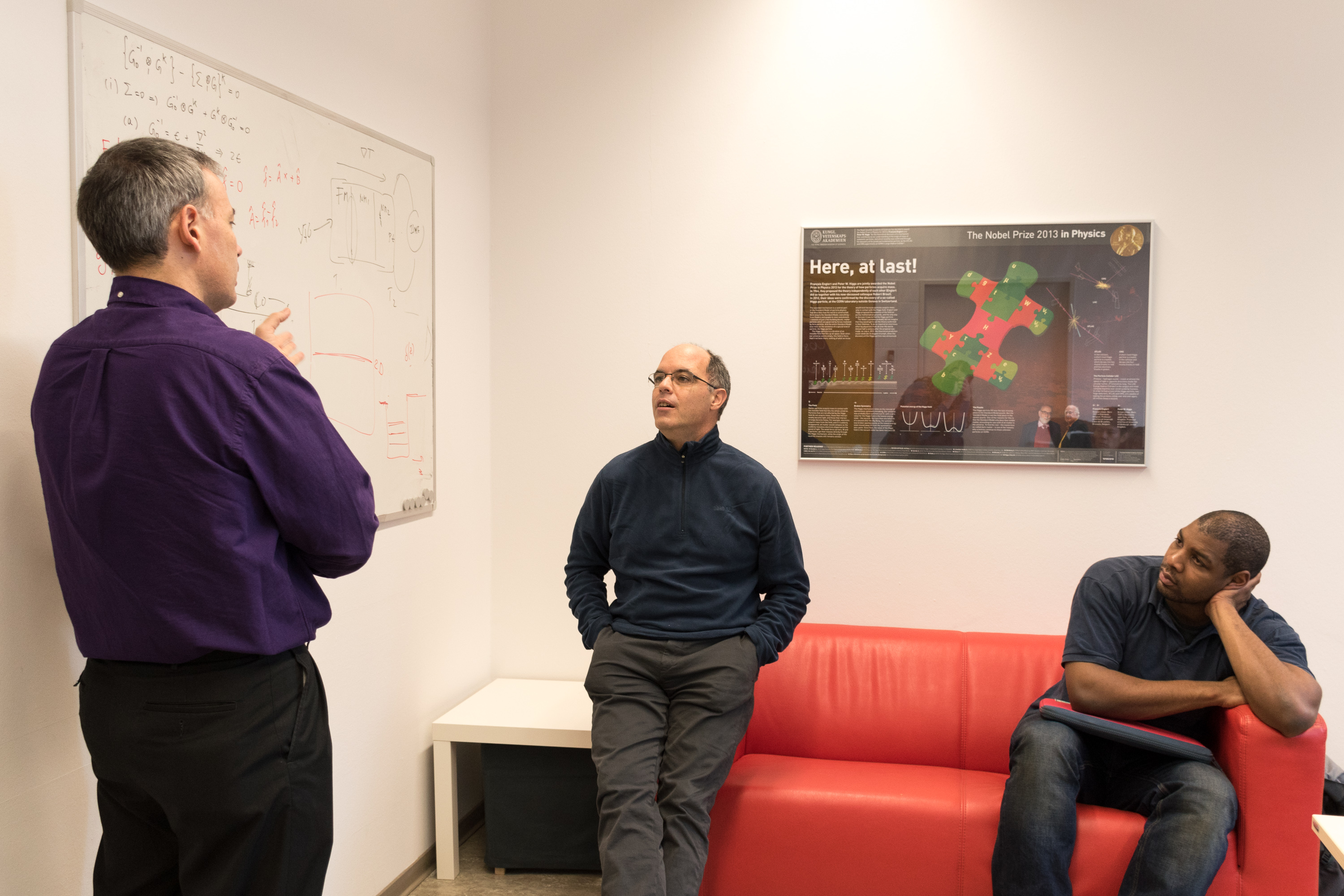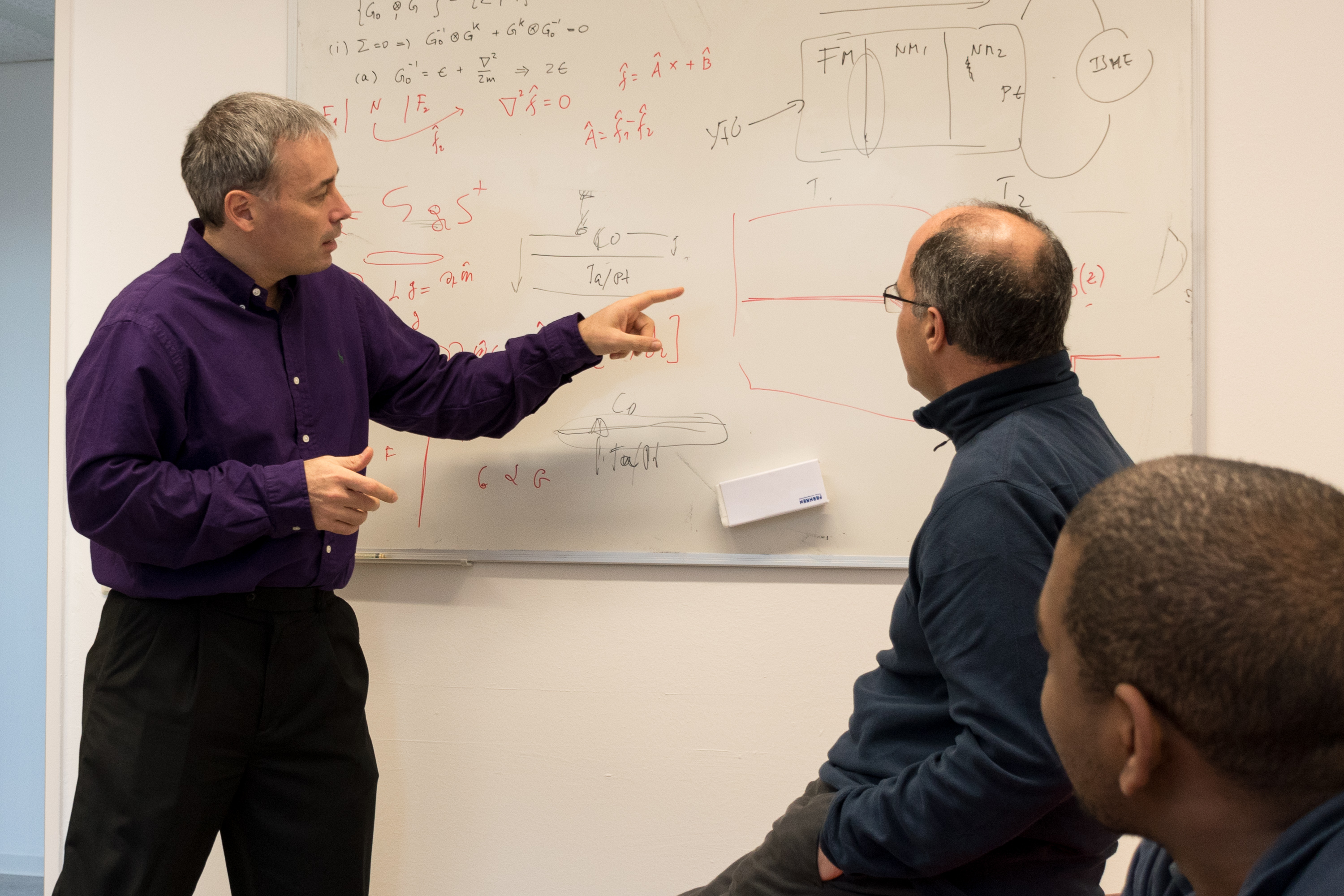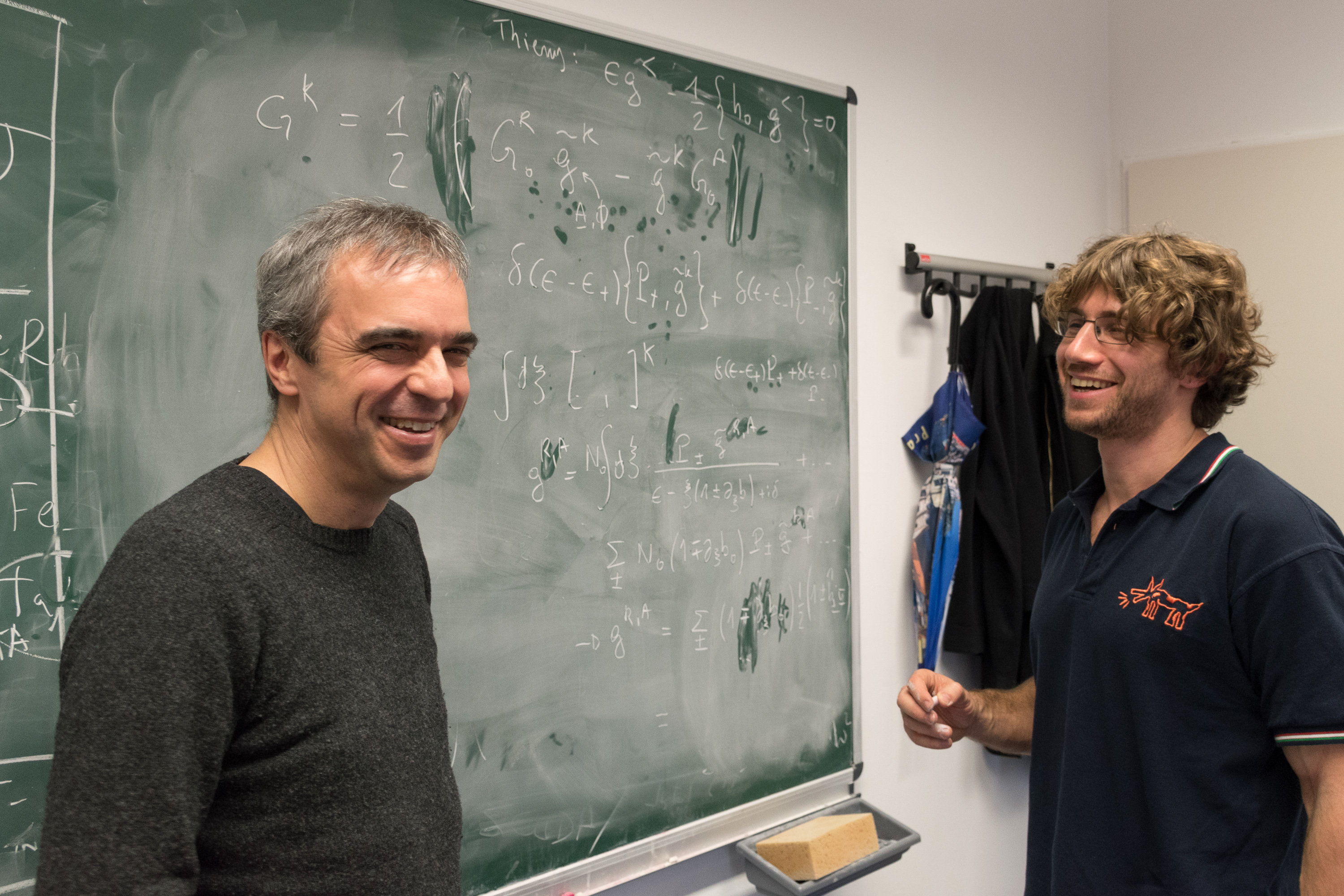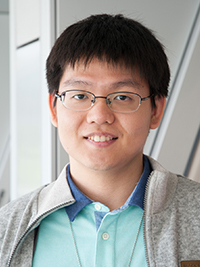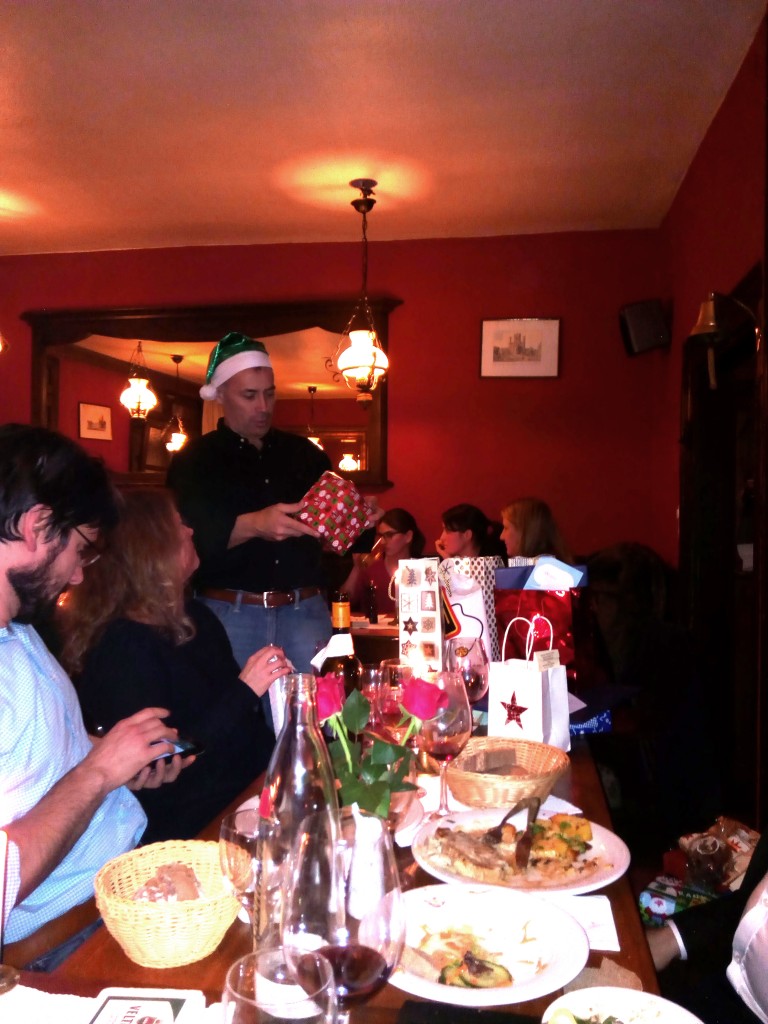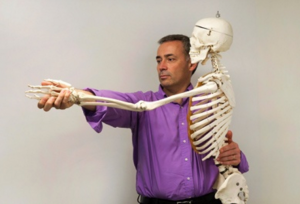
This year, the Universidad del Norte in Barranquilla celebrated its 50th anniversary. As part of the festivities, the 19th Catédra Europa took place from March 14th - 18th. The large scale event provides a platform for scientific and cultural encounters between Colombian and European Academia. Jairo Sinova was invited to introduce his visions for new interdisciplinary approaches to scientific work, which he likes to compare to a scientific tango. Accordingly, his lecture was entitled "El tango de la fisica".
View the video of the lecture.

